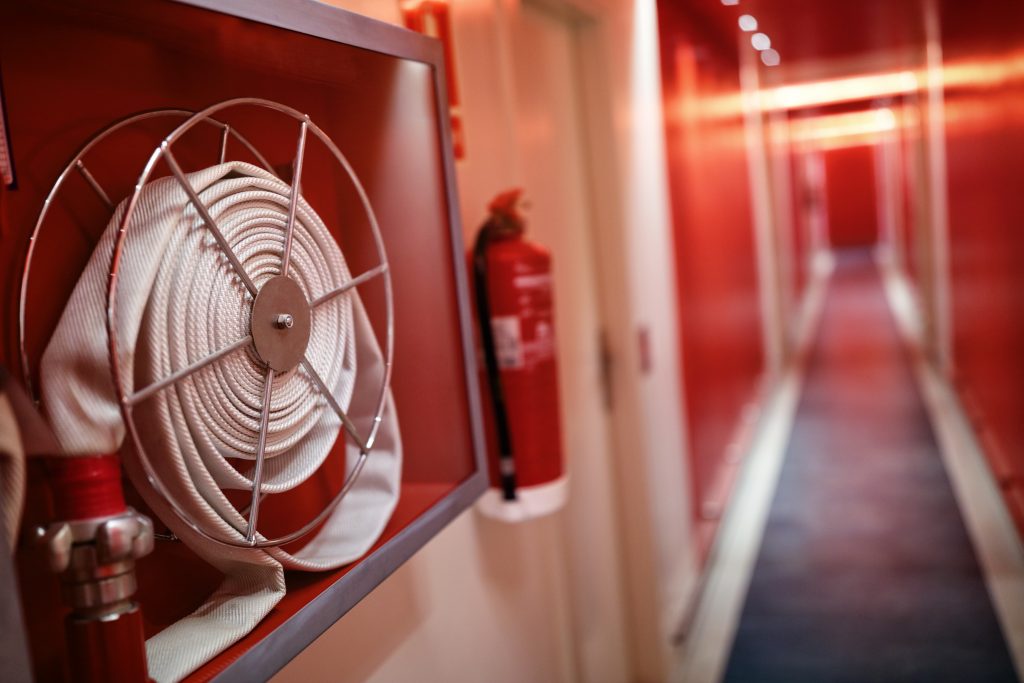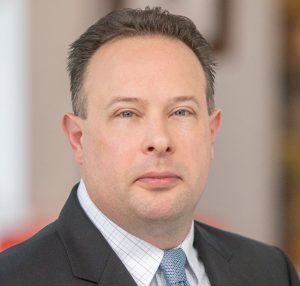Correcting Common Misapplications of Fire and Life Safety Code Requirements

Navigating and understanding the changing landscape of building code requirements can be challenging for architects, engineers, contractors, and even authorities having jurisdiction. These requirements are added, deleted, and modified with each new edition of a model code, and then adopted and amended by local, state, and national jurisdictions based on their specific needs. Though code requirements are prescriptive in nature, understanding each requirement and its intent takes time and experience. In this webinar, we will share an overview of the typical adoption and amendment process of model building codes with a particular focus on fire and life safety, and discuss how to determine the correct code edition and amendments to use on a particular project. We will then explore several code requirements that are commonly misapplied during design and construction and how to avoid these missteps.
LEARNING OBJECTIVES
After attending this seminar, participants will be able to:
- Understand how to determine the adopted model building code and amendments applicable to a project.
- Diagnose prescriptive code requirements that are commonly misapplied or misunderstood involving means of egress, fire walls and barriers, podium buildings, roof decks, and more.
- Recognize the importance of code terminology, specific code language, and code intent when applying building code requirements.
- Recognize potential detrimental impacts on a project from misapplication of prescriptive code requirements.
Participants will earn 1.0 AIA CES Learning Unit (LU/HSW) for attending the live webinar. Registration is free. Please note that space is limited – email events@sgh.com to join our waitlist if the session is closed when you register.
